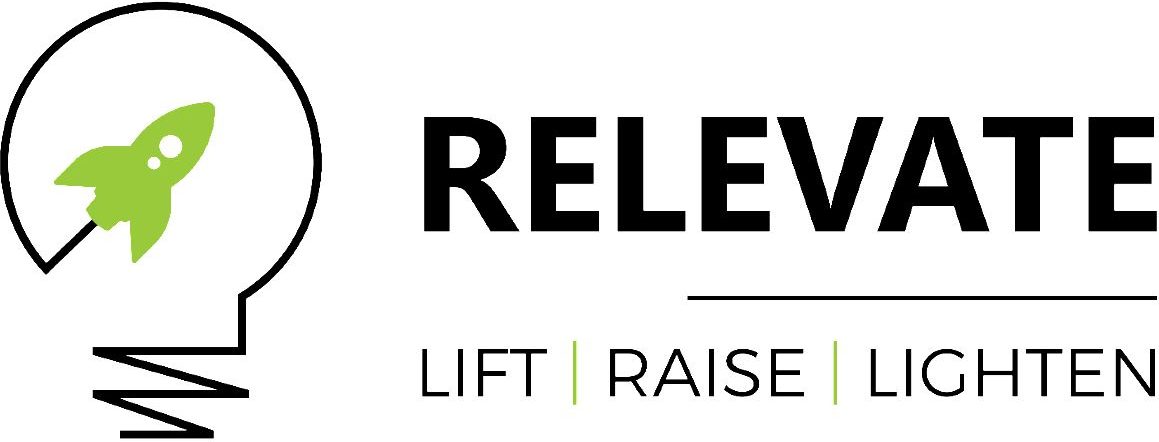While advertising dealt with the aftermath of the COVID-19 crisis and pandemic, as well as growing privacy concerns, 2021 was a major year for them.
For the time period under review, how did marketers fare when it came to ad budget, strategy, and other factors? We’ve compiled 27 metrics to assist you plan for your 2022 strategy.
You’ll find out what tactics marketers are doing now, what they intend to invest in, and what obstacles they’ve experienced and may face in the year 2022 in our report.
Ads in the Present Day
Advertising products is one of the primary aims of 84% of marketing firms and 42% of survey respondents. (Bloggers’ Research)
Only 19 percent of marketers used print advertising this year, making it a low priority for marketers. Additionally, it was one of the least successful means of reaching their target audience for advertising. (Bloggers’ Blog Search)
Paid social is one of the most popular paid marketing channels. (Bloggers’ Blog Search)
Paid advertisements were one of the top three techniques marketers employed in account-based marketing (ABM), after developing personalised content and identifying target contacts/roles. Insights from a Relevant Blog:
There will be a 21 percent increase in the number of marketers using sponsored social media in 2022. Insights from a Relevant Blog:
Over the next five years, 66% of marketers intend on using their personal information in a privacy-forward manner, requesting greater openness from business partners, and experimenting with the use of artificial intelligence.
According to Forrester, advertisers are using AI for privacy-safe targeting, identifying conversion-ready audience, and dynamic creative optimisation (DCO). (Forrester)
About one-eighty-eight percent of advertisers intend to discontinue print and direct mail advertising. Others, like Relevant Blog Research’s clients, may decide to stop using traditional forms of advertising, such as signs and billboards. Insights from a Relevant Blog:
Consider Terminus for your ABM requirements (formerly Sigstr). Create and target specific account segments using the platform, keep your team updated with linked data, and analyse your progress on an easy-to-use dashboard.
Problems with Publicity
Consumers and marketers alike have been more concerned about the security of their personal data over the last two years. The third-party cookie will be extinguished in 2022, when Chrome blocks this form of data tracking. Apple announced in September 2021 that the IOS 15 update would have a negative impact on marketers’ ability to track user activity.
All of this has led to issues in sponsored media, many of which have to do with protecting consumer data.
Most advertisers are confidence in their creative assets, while just 26% are confident in their targeting ability, and only 10% are confident in media. According to Forrester, 87 percent of advertisers feel that traditional targeting and tracking approaches are in jeopardy today because of data privacy and policy issues. (Forrester)
64 percent of advertisers fear a decline in brand loyalty as a result of a decrease in consumer confidence in their commercials. (Forrester)
Nine out of ten advertisers (91 percent) feel that customers want more relevant and interesting commercials. 87% of advertisers feel that tougher data privacy regulations have made it more difficult to scale tailored advertising experiences. (Forrester)
Eighty-five percent of advertisers say they have a lot of data but struggle to utilise it in a way that is privacy-friendly. (Forrester)
U.S. advertisers would spend $153.2 billion on internet advertising in 2021, an increase of $81 billion compared to TV advertising. (Statista)
Advertisers expect to spend the majority of their next marketing budgets on paid media. (This isn’t yet another State of Marketing Report….)
Traditional ad expenditure dropped 1.2 percent year-over-year, resulting in a drop in total ad spending. As predicted by eMarketer, the global B2B digital advertising market is set to reach $12.6 billion by 2022. (Statista)
Ad Spending and Expenditure
U.S. advertisers would spend $153.2 billion on internet advertising in 2021, an increase of $81 billion compared to TV advertising. (Statista)
Advertisers expect to spend the majority of their next marketing budgets on paid media. (This isn’t yet another State of Marketing Report….)
Traditional ad expenditure dropped by 15.7%, driving a 1.2 percent year-over-year fall in total advertising spending. (eMarketer)
By the year 2022, digital advertising for business-to-business (B2B) will be worth $12.6 billion. (Statista)
Imagining the Future
Research privacy has been a major issue in the paid media industry, and recent data shows that privacy-friendly approaches to target people and measure performance will be the main emphasis in the future.
Over the next five years, 66% of marketers intend on using their personal information in a privacy-forward manner, requesting greater openness from business partners, and experimenting with the use of artificial intelligence.
According to Forrester, advertisers are using AI for privacy-safe targeting, identifying conversion-ready audience, and dynamic creative optimisation (DCO). (Forrester)
About one-eighty-eight percent of advertisers intend to discontinue print and direct mail advertising. Insights from a Relevant Blog:
Advertisers are also abandoning traditional forms of advertising like signs and billboards. Insights from a Relevant Blog:
There will be a 21 percent increase in the number of marketers using sponsored social media in 2022. Insights from a Relevant Blog:
AdRoll, an ad platform, is a good place to start when considering AI and its influence on your advertising strategy. In addition to the web and email, it employs artificial intelligence to tailor product suggestions. Additionally, AdRoll supports a variety of third-party solutions, making it simple to integrate your whole advertising ecosystem.




